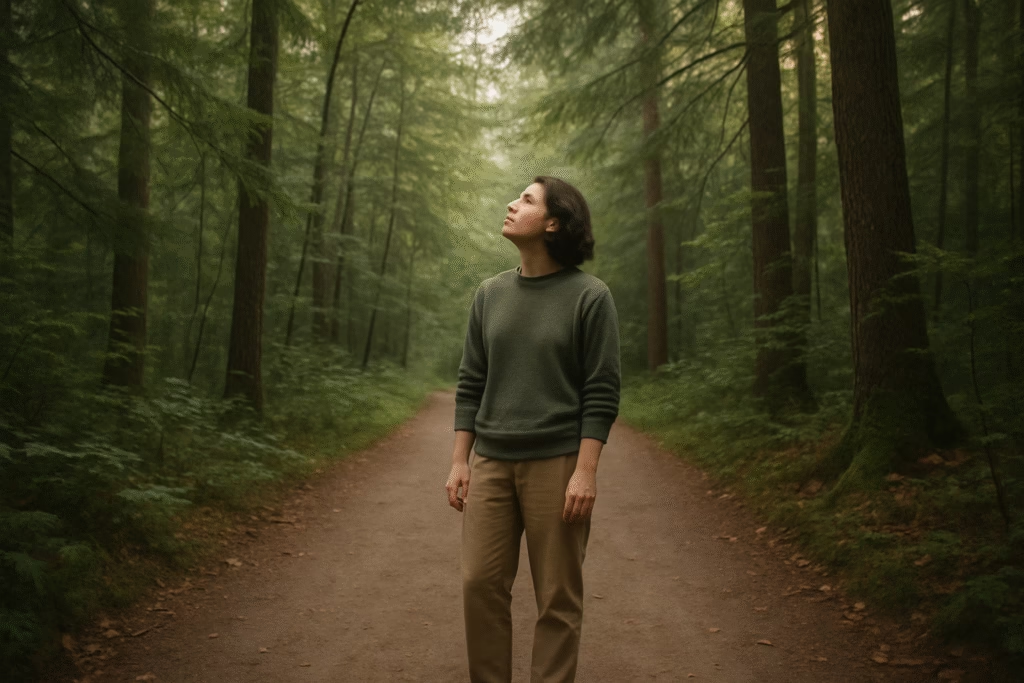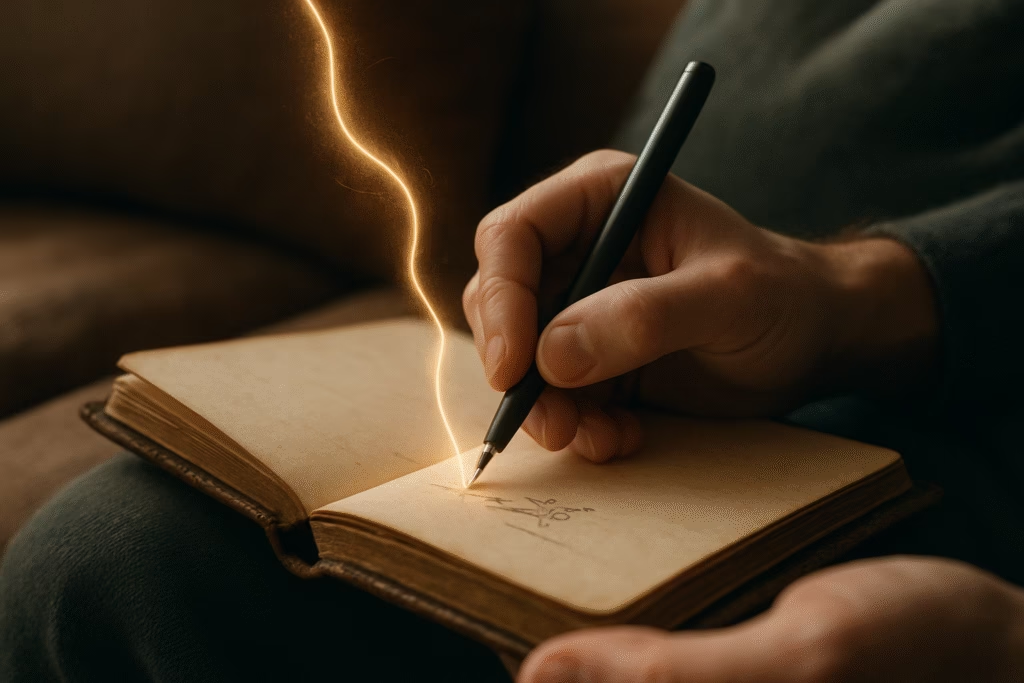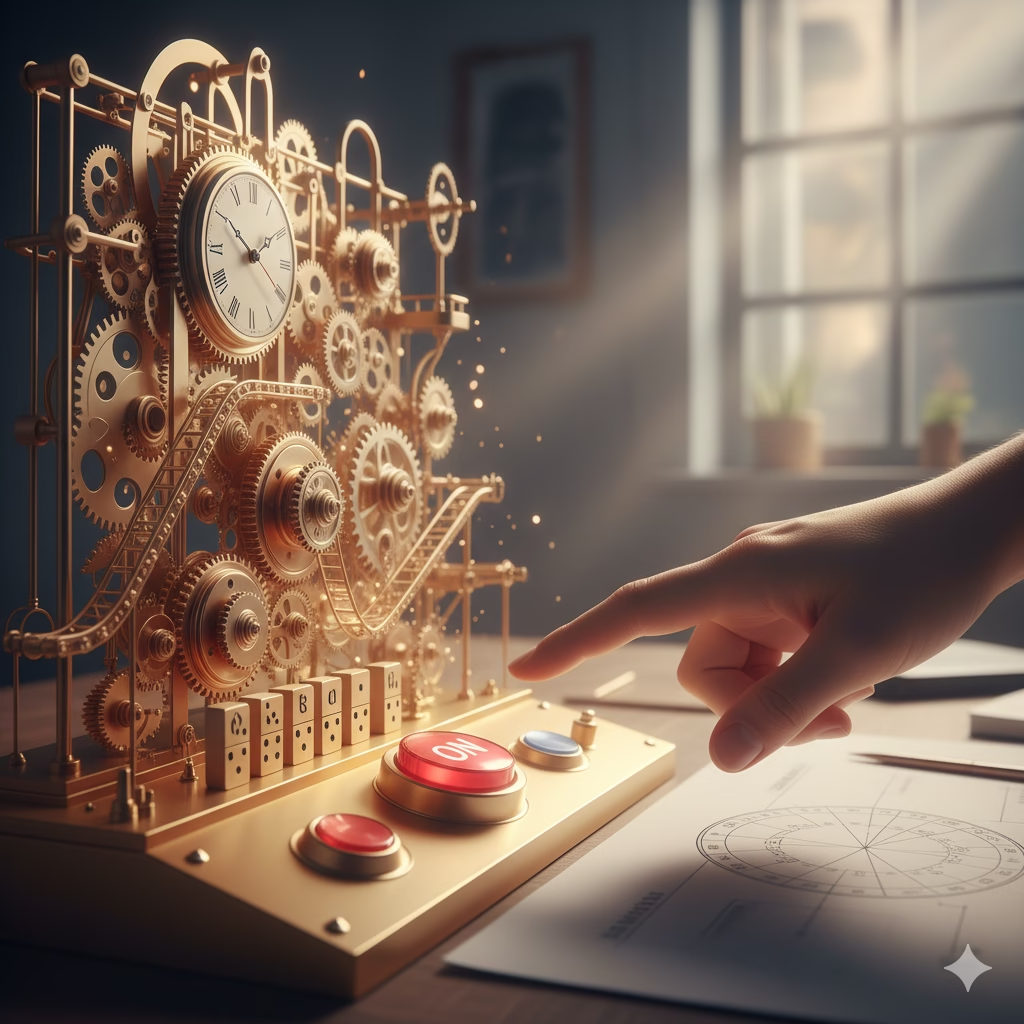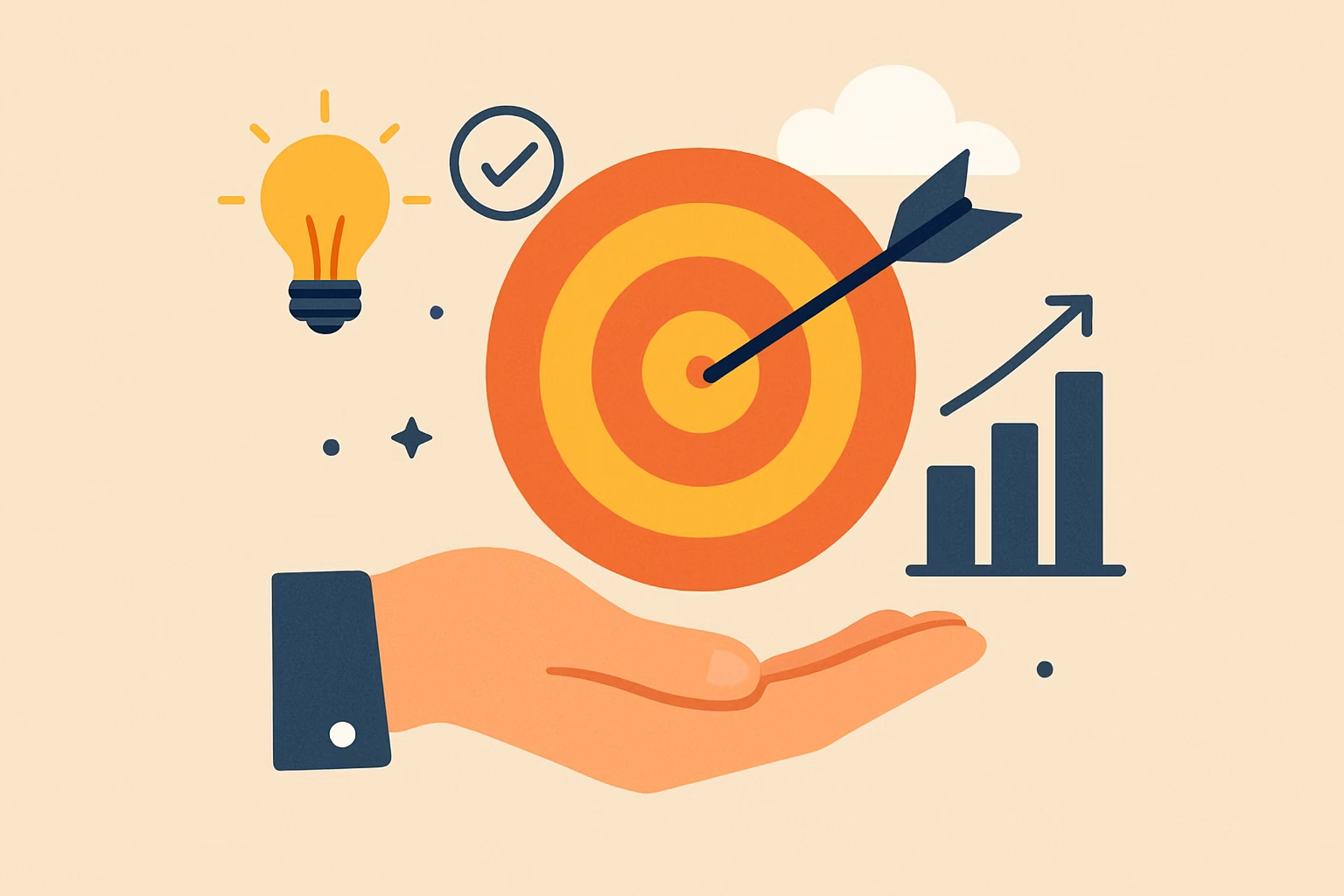
We live in a world that is always “on.” We see constant posts, constant work, and constant demands for new ideas. This pressure makes us feel like inspiration is a taskmaster. We treat our creative mind like a worker whose shift never ends. But this is wrong. Inspiration is a Muse. She is fleeting, delicate, and visits when she is ready, not when you command her. To honor her, you must learn How to Rest.
This demanding culture has led to a creative trap. We push, we force, and we run our minds until they break. We are burning out the very source of our best work. This article shows you a better way. It argues that the biggest creative breakthroughs happen not during the intense sprint, but during the necessary rest and reflection that follows. The true secret to constant, good work is learning the skill of How to Rest.
The Creative Trap: Why Forcing Fails

Think about the great artists and thinkers. We often focus on the hours they spent working. We love the myth of the tireless creator who never sleeps. This myth is dangerous. It tells us that visible effort equals creative worth. This is why so many people feel guilty when they are not actively producing.
But creativity is not a simple machine. It’s a complex, living system in your brain. When you work hard and focus (the Taskmaster mode), you fill your mind with information, problems, and ideas. This is important input. However, the true breakthrough—the “Aha!” moment where the dots connect—rarely happens in that stressed, focused state.
Forcing the work is like drawing water from a well that has run dry. You might still be “working,” but you are pulling up mud and air. You are exhausting the well and getting nothing of value. Every great idea draws from a finite pool of mental energy. If you never let the pool refill, your ideas will get smaller and weaker. Learning How to Rest is how you refill that well.
The Muse cannot whisper to a mind that is too noisy and busy. When you feel blocked, the problem is usually not a lack of effort. The problem is a lack of true rest.
Why Rest is Your Most Important Work

We must change the way we see rest. Rest is not a reward for work. Rest is the most critical part of the work itself. It is the vital “processing time” that turns raw input into brilliant output.
The Science of Unfocus
When you step away from a tough problem, your brain switches to a Diffuse Mode of thinking. The conscious mind turns down its volume. This allows the subconscious mind to work in the background. It starts to connect distant ideas, review the input you gave it, and form novel associations. This is where innovation lives.
Many brilliant breakthroughs in history happened while the creator was doing something unrelated: walking, bathing, or simply daydreaming. These activities are not wasting time. They are the crucial stage where the Muse makes her moves. This is active, necessary mental maintenance.
Rest as Deep Regeneration
Cognitive fatigue is real. When your brain is tired, it cannot form new neural connections easily. You become rigid, negative, and you miss opportunities. True rest is about resetting your entire nervous system, not just closing your eyes for a minute.
If you want a creative practice that lasts a lifetime, you need to stop the “sprint and collapse” cycle. You need to embrace the marathon mentality. A marathon runner knows they must pace themselves, take water breaks, and listen to their body. The creative mind is the same. How to Rest is the difference between a single burst of fame and a lifetime of meaningful work.
The Practical Skill of How to Rest

Learning How to Rest means making a clear shift in your creative discipline. Stop measuring your worth by the hours you sit at your desk. Start measuring it by the quality of your insights and the consistency of your energy.
1. Define Rest as “Input Processing”
You must stop labeling non-production time as “wasted time.” Give your downtime a purpose. Here are three simple types of necessary rest:
- Active Disengagement: This means doing simple, rhythmic things that are not related to your goals. Walking without a podcast. Washing the dishes mindfully. Gardening. These are essential moments where your mind is busy enough not to obsess over the problem, but free enough to solve it. This is a core part of How to Rest well.
- Sensory Input: This is time spent purely consuming new things. Reading a novel completely outside your field. Listening to music you don’t usually choose. Visiting a park just to observe. This feeds the Muse new raw material to work with.
- True Deep Rest: This is sleep and deep relaxation. Good sleep is non-negotiable for creative health. It is when the brain literally cleans itself and organizes memories. No amount of forced daytime work can replace this.
2. Create an “Open Door” Ritual
Don’t wait until you’re burned out to remember How to Rest. Build rest and receptivity into your routine. Instead of setting rigid deadlines for ideas, set gentle rituals for beginning.
A ritual is an invitation, not a command.
- Maybe your ritual is thirty minutes of quiet reading before you check email.
- Maybe it’s a specific walk you take before you even look at your work in the morning.
These small, consistent actions tell your brain: “I am ready to receive ideas now, but I am not frantic.” This lowers the pressure and makes it easier for the Muse to visit.
3. Practice “Creative Capture”

The moment a small, powerful idea flashes through your mind while you are resting, honor it immediately. Write it down, sketch it out, and give it a name. This is called Creative Capture.
You are not required to execute the idea right then. You are simply showing your Muse that you are paying attention. This is a crucial step in How to Rest effectively. You are rewarding the receptive state, which encourages future sparks to fly. The Taskmaster only rewards finishing. The Muse rewards attentiveness and rest.
The Sustainable Path

Learning How to Rest is not a luxury. It is a fundamental strategy for a sustainable creative life. When you let go of the need to be “on” all the time, you stop trying to force inspiration. You start to respect the cycles of creation: the intense period of focus, followed by the essential fallow period of rest.
By giving your mind the time and space to process, you ensure that when the next moment of inspiration arrives, your mind is open, clean, and powerful enough to truly capture and execute the breakthrough. Treat your inspiration as the wild, beautiful Muse she is, and she will reward your patience with work that is deeper, richer, and more authentic than anything you could ever force.
References
- NIH – How Memory Replay in Sleep Boosts Creative Problem-Solving
- Icreatives – The Importance of Rest for Sustaining Creativity
- NIH – Creative individuals are more associative and engaged with …
Recent Posts


